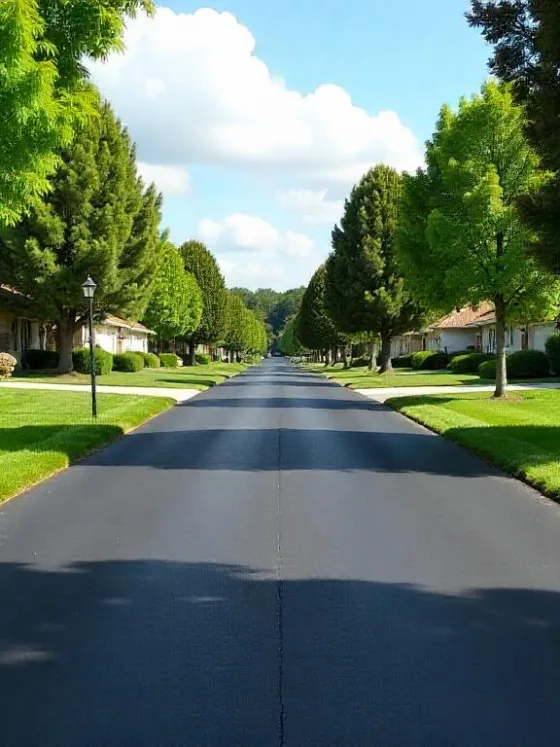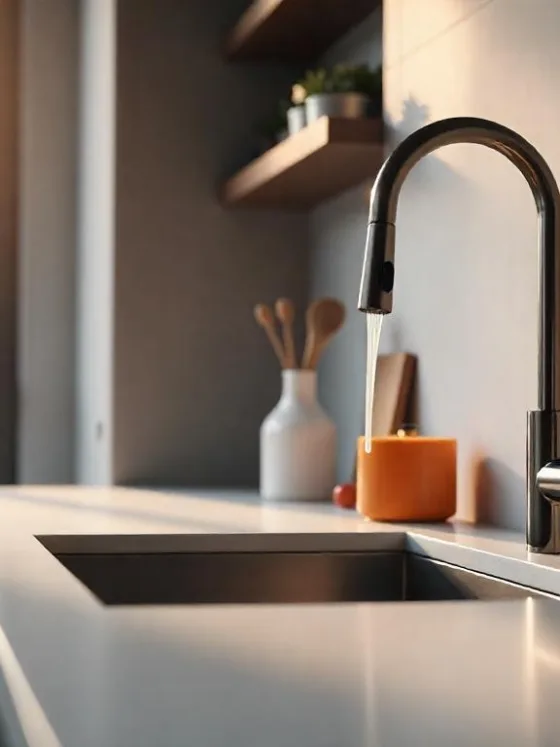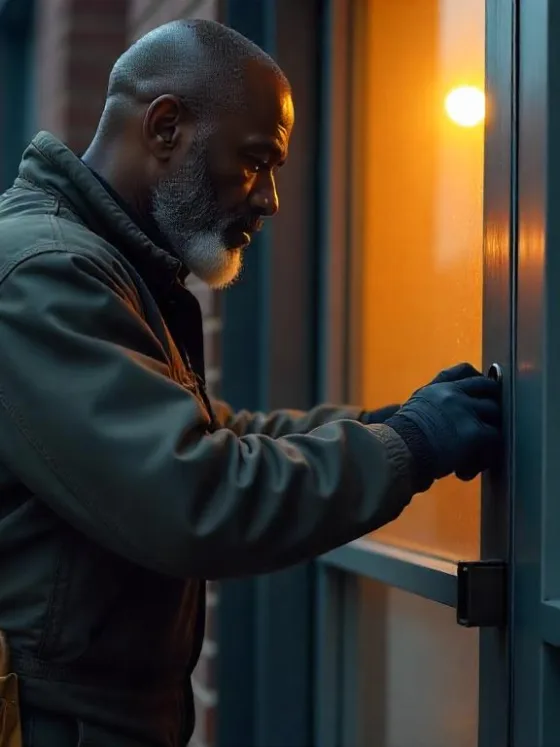Table of Contents Show
When it comes to building or renovating your home, choosing the right materials is crucial. One common type of wood you may come across is pressure-treated wood.
But what exactly is pressure-treated wood, and is it safe to use in your house? In this article, we’ll explore what pressure-treated wood is made of, its benefits, and whether it’s suitable for indoor applications.
What is Pressure-Treated Wood?
Pressure-treated wood is a type of lumber that has been infused with chemicals to enhance its durability and resistance to decay, insects, and weathering.
The process involves placing the wood in a pressure chamber and forcing preservatives deep into its fibers. This infusion of chemicals helps protect the wood from rot, fungi, and pests, making it ideal for outdoor applications such as decks, fences, and landscaping.
What’s in Pressure-Treated Wood?
The chemicals used in pressure-treated wood have evolved over the years. Previously, wood was treated with chromated copper arsenate (CCA), which contained arsenic.
However, this treatment was discontinued for residential use in 2003 due to concerns over the potential health risks associated with long-term exposure to arsenic.
Today, the most common chemicals used in pressure-treated wood are alkaline copper quaternary (ACQ) and copper azole (CA). These chemicals are less toxic than CCA and are considered safe for residential use.
ACQ contains copper, which acts as a fungicide and insecticide, while CA combines copper with an organic azole compound for added protection.
Read Also:
Is Pressure-Treated Wood Safe in the House?
Pressure-treated wood is generally safe for use in the house, but there are a few factors to consider. First, it’s important to note that pressure-treated wood is primarily designed for outdoor applications where it is exposed to the elements.
Using it indoors may not be necessary unless you have specific requirements, such as using it in a basement or in contact with concrete.
Secondly, while the chemicals used in pressure-treated wood are considered safe for residential use, it’s still advisable to take precautions. Avoid using pressure-treated wood for cutting boards, countertops, or any surfaces that come into direct contact with food.
Additionally, ensure good ventilation when working with pressure-treated wood to minimize exposure to any potential fumes or dust.
How Do I Know if Wood is Pressure Treated?
Pressure-treated wood is commonly used for outdoor projects because it is more resistant to rot, decay, and insects. But how can you tell if the wood you’re working with is pressure-treated? Here are a few easy ways to find out:
Check for a Greenish Hue
One of the telltale signs of pressure-treated wood is a greenish hue. This is due to the chemicals used in the pressure-treating process. Take a close look at the wood and see if it has a slightly green tint. If it does, chances are it’s pressure-treated.
Look for a Stamp or Label
Another way to determine if wood is pressure-treated is by looking for a stamp or label. Many pressure-treated woods will have a stamp or label on the end or side of the board.
This stamp will often indicate that the wood has been pressure treated and may also provide information about the type of treatment used.
Check for Chemical Odor
Pressure-treated wood can sometimes have a distinct chemical odor. If you notice a strong smell coming from the wood, it’s likely that it has been treated. However, keep in mind that the odor may fade over time, so this method may not be foolproof.
Consider the Location
If you’re still unsure if the wood is pressure-treated, consider where it was used. Pressure-treated wood is commonly used for outdoor projects such as decks, fences, and landscaping. If the wood you’re working with was used in one of these applications, there’s a good chance it’s pressure-treated.
Remember, it’s always better to be safe than sorry. If you’re unsure if the wood is pressure-treated, it’s best to err on the side of caution and take the necessary precautions when working with it.
Conclusion
Pressure-treated wood is a durable and versatile material that can be used for various outdoor projects. While it is generally safe for indoor use, it’s important to consider the specific requirements of your project and take necessary precautions.
Always prioritize safety and consult with professionals when in doubt. With the right knowledge and care, pressure-treated wood can be a reliable choice for both your outdoor and indoor needs.










